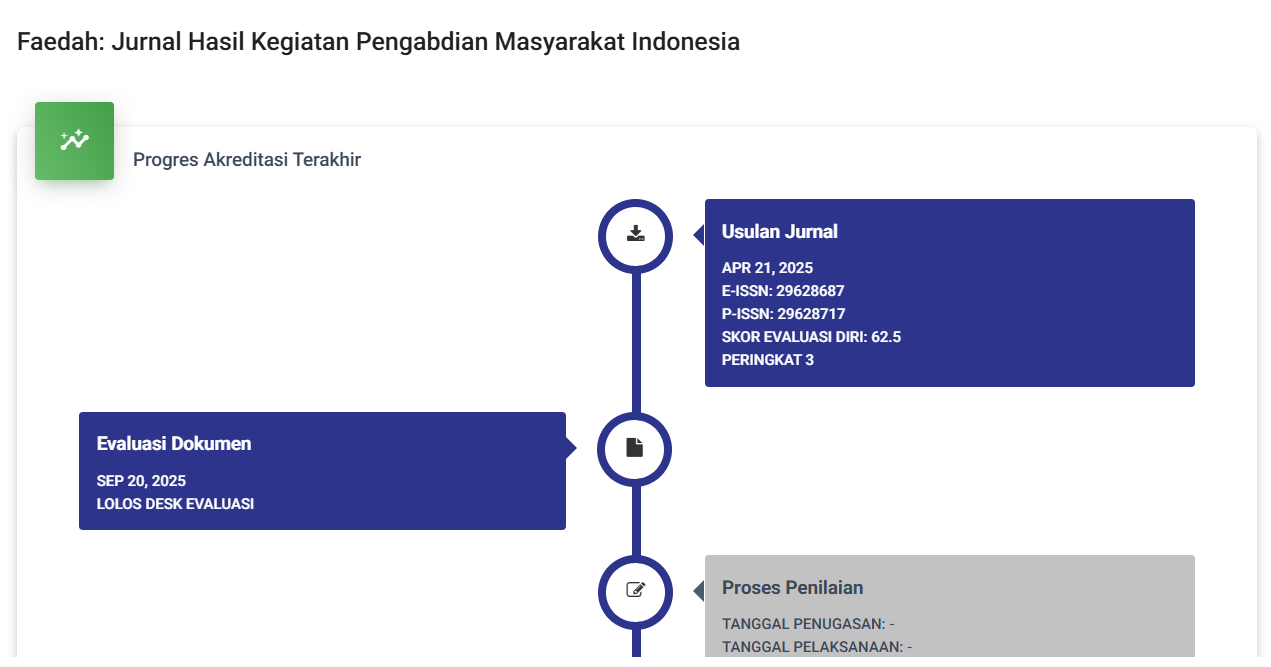Peran Serta Sekolah dan Guru Pada Murid Dalam Mengembangkan Program Makanan Jajanan Sekolah Yang Sehat
DOI:
https://doi.org/10.59024/faedah.v2i2.787Keywords:
Role of Schools, and Teachers, Healthy SnacksAbstract
School snacks are foods that are usually sold at school and are known as snacks or snacks, lunches for students at school. Usually in the form of foods that are easy to carry and eat such as chips, candy or biscuits. School snacks can be snacks, drinks, ice cream or snacks that students can buy during break times or when they go home. School snacks are usually sold around or near the school, such as in the canteen, in nearby shops, or at snack outlets. School snacks need to be considered because they affect students' health and nutrition, and can affect their learning performance and behavior. Therefore, school snacks must be ensured to be quality and healthy. To ensure student health and academic success. Therefore, school snacks must be ensured to be high quality and healthy to ensure students' health, academic success and good behavior. Institutions have an important role in controlling snacks around schools. Institutions must make clear policies about permitted snacks, such as limiting oily, sweet, salty snacks, or foods with certain food additives. Schools must organize and select snack suppliers that meet quality and food safety standards. Schools must provide education about nutrition and health to ensure students understand the importance of healthy eating. Schools must provide healthy alternative foods such as fruit, vegetables or healthy biscuits for students.
References
Almatsier Sunita. (2010). Prinsip Dasar Ilmu Gizi. Jakarta: PT Gramedia Pustaka Utama.
Arisman. (2010). Gizi Dalam Daur Ulang. Jakarta: Penerbit Buku Kedikteran EGC.
Proverawati Atikah dan Erna Kusuma Wati. (2011). Ilmu Gizi untuk Keperawatan dan Gizi untuk Keperawatan dan Gizi Kesehatan. Yogyakarta: Nuha Media.
Cakrawati Dewi .& Mustika NH. (2014). Bahan Pangan, Gizi, Dan Kesehatan. Bandung: Alfabeta.
Cha-cha. (2013). Makanan Cepat Saji. Dipetik April 16, 2019, dari https://www.liputan6.com: https://www.liputan6.com/health/read/768740/10-makanan-cepat-saji-yang-nggak bagusbuat-kesehatan
Darajat Zakiah. (1995), Metodik Khusus Pengajaran Agama Islam. Jakarta: Bumi Aksara
Djamarah Syaiful Bahri. (2014). Guru dan Anak Didik dalam Interaksi Edukatif. Jakarta: PT RINEKA CIPTA.
Fakultas Keguruan dan Ilmu Pendidikan. (2019). Pedoman Penulisan Skripsi. Jember: Universitas Muhammadiyah Jember
Downloads
Published
How to Cite
Issue
Section
License
Copyright (c) 2024 Faedah : Jurnal Hasil Kegiatan Pengabdian Masyarakat Indonesia

This work is licensed under a Creative Commons Attribution-ShareAlike 4.0 International License.









